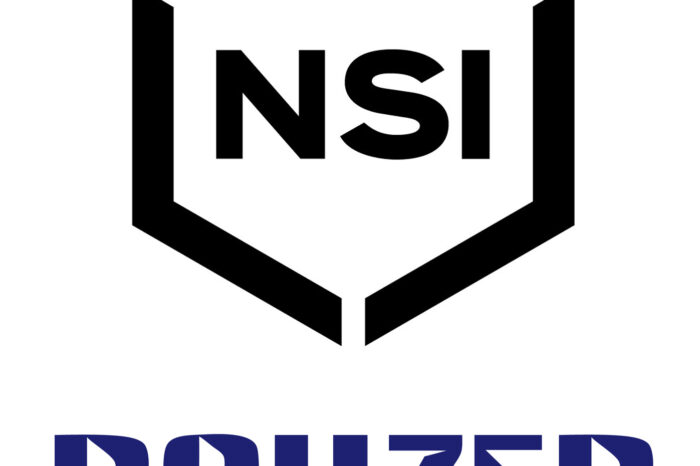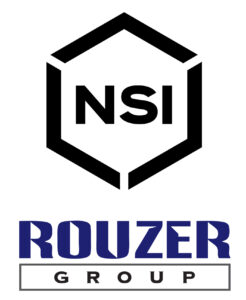On Your Mark … Go!
The year started off with a division of a national chain changing marketing groups. IMARK announced that USESI, a member of Equity/EDN, had joined the group. In case you are not familiar with USESI, they are the sister company to CED, both being owned by the Coburn family. In most locations USESI operates as Electrical Wholesalers, and some may remember that they recently purchased Maurice Electric.
Presumably a major reason why someone changes marketing groups is for incremental rebate opportunities. This is the main driver, with enhanced networking, marketing programs and greater visibility manufacturers as a benefit.
Then the bigger bang … IMARK and Equity/EDN merging.
Essentially, according to the press release we received, there will be two divisions, business remains the same (at least for now) and that Equity/EDN will be a wholly owned subsidiary of IMARK, with the IMARK Board of Directors managing the combined companies (and Matt Roos having day to day responsibility for Equity/EDN). A set of FAQ was also sent to distributors and manufacturers.
And the phones have been ringing!!
We’ve had calls from a number of IMARK distributors asking “how does this benefit me?” Not for us to say, only to report (and we share insights with clients). One distributor said, “So it says they (Equity/EDN) are going to be run as a separate division of IMARK. That being said with IMARK being member owned, do the IMARK members share in the profits of Equity/EDN being that Equity/EDN is not owned by its membership? If not, who is profiting from this “merger”?”
The combined group will now have almost 1200 distributors, about 2500 locations, $15B in sales. This combination will be interesting to watch in the coming years as it addresses:
- What to do with differing line cards. Some manufacturers will be excluded from “the club”.
- The two groups had different credit guarantee programs. How will this be resolved? Who will fund? Who incurs liabilities during the current tumultuous times?
- How do IMARK distributors feel about improving non-IMARK distributor rebates (remember, USESI had to change for a reason).
- IMARK, being member-owned, presumably had to make a “fair” offer to Matt Roos, as Equity/EDN was a privately-owned organization and Matt had purchased Equity from its previous owners.
- The combined group will have a disproportionate percentage of members with revenues less than $30M as Equity/EDN had mostly smaller distributors. Does this make the eventually combined organization a haven for smaller distributors, and the marketing channel for manufacturers to reach smaller distributors?
- How will manufacturers react? For now, there won’t be much change while a group of manufacturers lobby to have their line kept in the group. But there will be winners and losers. And consider the eventual influence that the combined IMARK can exert through their representation. With 18% of market share, consider the power of an email that could be sent disagreeing with a manufacturer’s position (i.e. a change in freight terms).
- The potential to influence the small distributor channel cost reduction is significant if IMARK can get their members to adopt EDI and other eBusiness techniques.
- Some talk about operational synergies. But how much could that add to anyone’s rebate when there are 1200 members?
- Could the “new IMARK” represent a new power influence in the channel? What does it mean when a marketing group has more members than the industry association and they receive more members at their meetings than the association has members? Can the group more cost effectively invest in training systems (IMARK uses BlueVolt and has had over 100,000 users sessions since inception and features training from over 50 manufacturers) than NAED? Which niche of members does NAED serve (small, medium or large distributors)?
- Someone even pondered if this couldn’t represent an opportunity for some distributors to re-evaluate and reconsider rebate strategies. One distributor prophesized that double dipping will become more prevalent as distributors seek additional profitability; another asked about group alternatives and a third wondered if now isn’t the time to consider a fresh approach to groups based upon more than rebates.
- Manufacturers, on the other hand, will be considering their alternatives. Privately, a number were not particularly pleased.
It is also interesting to note that Equity just launched a plumbing group (there is an ad in this month’s The Wholesaler, page 11) and had an industrial group which was merged into NetPlus in 2003. The press release does not mention if the plumbing group is included or becomes a new joint opportunity.
This is a definite win for Equity/EDN members. Matt has experience in navigating marketing group mergers and can help guide the process. Some of the IMARK staff was involved when TIED and WIED merged to form IMARK
Interestingly, IMARK is run by three ex-manufacturers, who all used “intensive (saturation) distribution” policies.
For IMARK members, we don’t know “the win”. There is oblique mention that the increased volume will help in getting better rebates from manufacturers, but how much more can the manufacturers give when over 33% of the industry’s volume is in a group? Does it become better for a manufacturer to discount pricing more and not provide rebates? Or perhaps selectively increase rebates? Or offer a tiered rebate structure based upon performance within the group? Or …????
According to the press releases, much won’t change over the next 12 months, but thereafter, who knows.
What are your thoughts?



















